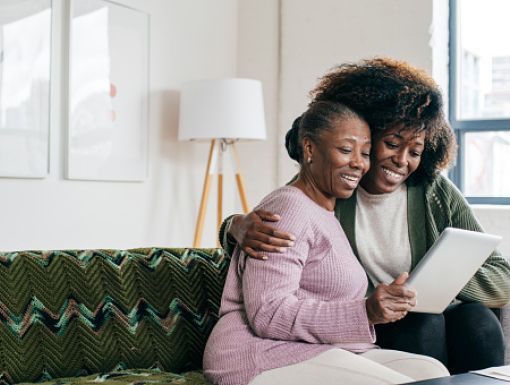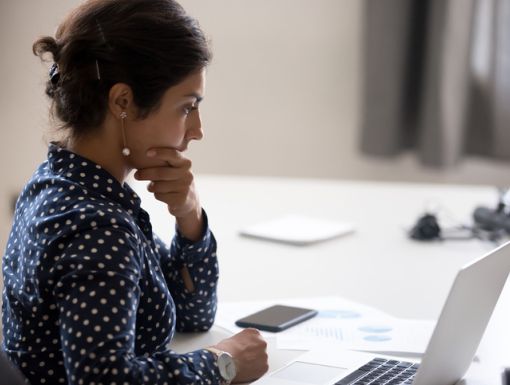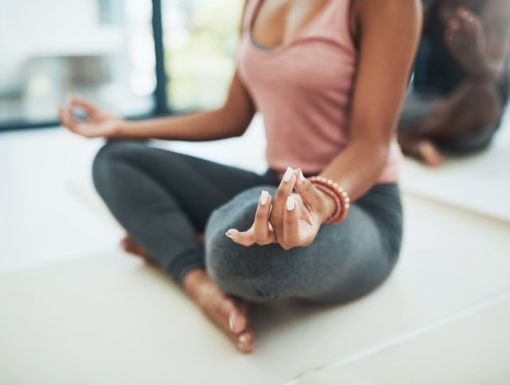
How to Clean a Room After Coronavirus Exposure
With the coronavirus disease (COVID-19) on the rise, understanding how to clean and disinfect rooms or areas where people with suspected or confirmed COVID-19 infections have visited is important. The virus spreads from person-to-person who are as close as 6 feet apart through respiratory droplets. The virus may also be able to live on certain surfaces for a short period of time.
Droplet transmission is a major way germs are spread from person to person. When you cough or sneeze, you send droplets into the environment, and others can get sick when they come into contact with those infected droplets. Viruses like the flu and coronavirus can live outside of the body for several hours. If you cough or sneeze on a surface, someone that touches that same surface could become infected. Taking steps to limit the spread of these germs can protect your health and the people around you.
If you have a suspected or confirmed case of COVID-19, we suggest following these tips recommended by the CDC:
Location and Timing of Cleaning and Disinfecting Surfaces
If you are at a facility that does not house people overnight, such as a school, daycare center, office or other facility, we recommend the following:
- Block off areas used by the ill person(s) and wait up to 24 hours before cleaning and disinfecting to minimize potential exposure to respiratory droplets. Open outside doors and windows to increase air circulation in the area.
- Disinfect and clean all areas used by the ill person(s). Focus on frequently touched surfaces such as doorknobs, desks, countertops, computer keyboards and faucet handles.
If you are at a facility that does house people overnight, such as a college dorm, we recommend the following:
- Work with your state and local officials to isolate the ill person(s) and provide temporary housing.
- Close off areas used by the ill persons and wait up to 24 hours before cleaning and disinfecting to minimize potential for exposure to respiratory droplets. Open doors and windows to increase air circulation in the affected area.
- In areas where the ill person is being housed, follow Interim Guidance for Environmental Cleaning and Disinfection for U.S. Households with Suspected or Confirmed Coronavirus Disease 2019. Be sure to focus on cleaning common areas where staff and others providing services may come into contact with the ill person(s).
- In areas where ill persons have visited, continue routine cleaning and disinfecting as per our recommendation.
How to Clean and Disinfect Surfaces
Surfaces
- Use soap and water prior to disinfection of dirty surfaces.
- To disinfect, household bleach solutions, alcohol solutions with at least 70% alcohol, and most common EPA-registered household disinfectants should be effective.
- Diluted household bleach solutions can be used if appropriate for the surface. Follow the manufactures directions for application and proper ventilation. Make sure the expiration date of the product has not passed. Bleach that is past its expiration is not effective against the coronavirus. Do not mix household bleach with ammonia or any other cleaner.
- How to prepare a bleach solution:
- 5 tablespoons (one-third cup) bleach per gallon of water
- Products with EPA-approved emerging viral pathogens claims are expected to be effective against COVID-19 based on the data for harder to kill viruses. Follow the manufactures directions for cleaning and disinfecting products.
- For soft and porous surfaces such as carpeted floor, rugs and curtains, remove any visible contamination if present and clean with appropriate cleaners.
- If any items can be laundered, launder items in accordance with the manufacturer’s instructions using the warmest appropriate water setting and letting the items dry completely.
- If items can not be laundered, use products with EPA-approved emerging viral pathogens claims that are suitable for porous surfaces.
Linens, Clothing and Other Items
- Carefully handle dirty laundry the virus may be dispersed through the air as droplets.
- Wash all appropriate items in accordance with the manufacturer’s directions. Wash on the warmest appropriate water setting and dry items completely. Dirty laundry that has been in contact with an ill person can be washed with other items.
- Don’t forget to clean and disinfect the hamper or anything else used to transport laundry according to the guide for hard and soft surfaces.
Personal Protection Equipment and Hand Hygiene
The cleaning staff should wear disposable gloves and gowns during the cleaning process.
- Gloves and gowns should be compatible with disinfectant products.
- Use additional protection if needed based on the products being used.
- Gloves and gowns should be removed carefully to avoid contaminating the surrounding area or person wearing it. Be sure to wash your hands after removing gloves.
- Gloves should be removed after cleaning a room or area contaminated by an ill person(s). Wash your hands immediately after removing gloves.
- If there is a tear in gloves or PPE, report potential exposure immediately to your supervisor.
- All cleaning staff and others should wash their hands often. Wash with soap and water for 20 seconds.
- Follow normal preventative actions at work and home, including washing hands and avoiding touching eyes, nose, or mouth. Additional times to wash your hands include:
- After blowing your nose, coughing, or sneezing
- After using the restroom
- Before eating or preparing food
- After contact with animals or pets
- Before or after providing routine care for another person who needs assistance
The information in this blog post is accurate at the time of publication. However, as the situation surrounding COVID-19 continues to change, it's possible that information has changed since being published. While Ochsner Health is trying to keep our blog posts as up-to-date as possible, we also encourage readers to stay informed on news and recommendations by using the CDC website.
Get the latest update from Ochsner Health on COVID-19.



